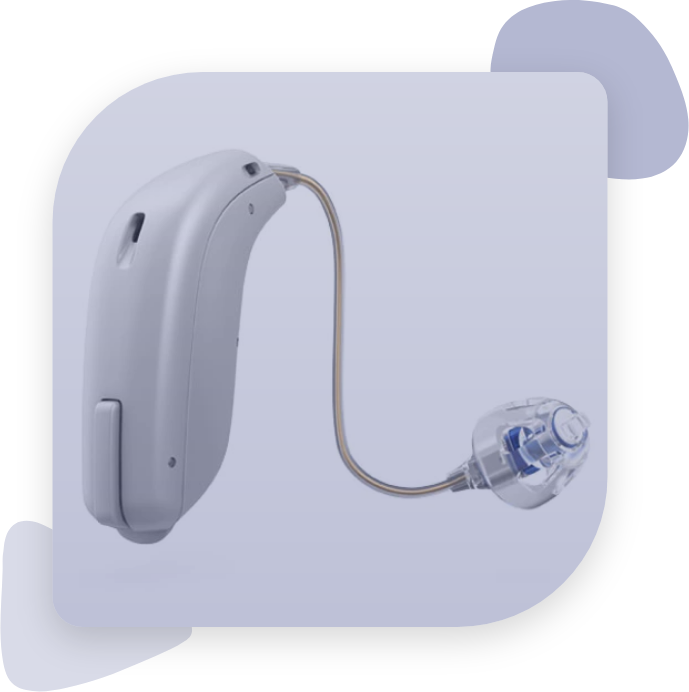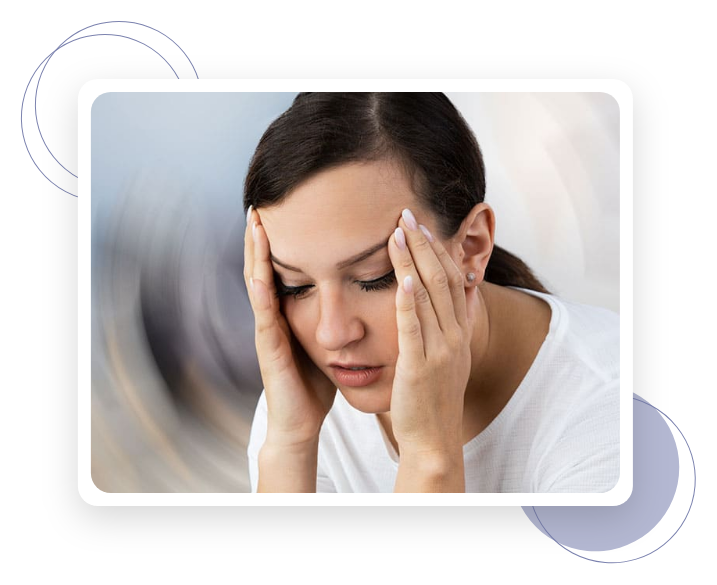HEARING AIDS
Millions of Americans are diagnosed with hearing loss, and hearing aids are the most common, if not best, option to help correct hearing loss. Aside from correcting hearing loss, hearing aids can help wearers enjoy a better quality of life.
In this article, we will feature different types and styles of hearing aids that will suit specific hearing needs, preference and lifestyle.
First things first – what is a hearing aid? Hearing aids are tiny, electronic devices specially designed to address different types and levels of hearing loss.
In this article, we will feature different types and styles of hearing aids that will suit specific hearing needs, preference and lifestyle.
First things first – what is a hearing aid? Hearing aids are tiny, electronic devices specially designed to address different types and levels of hearing loss.

PA CENTER FOR HEARING AND BALANCE :
DIZZINESS AND BALANCE
TREATMENT AND SERVICES
Before treatment for dizziness and balance disorders is discussed with a patient, it is important that each symptom is carefully checked and to make sure to rule out any underlying conditions. PA Center for Hearing and Balance offers different advanced tests and techniques to check dizziness and balance problems which include Videonystagmography (VNG), Electrocochleography (ECochG), and Auditory Brainstem Response (ABR).
HearingAssist is affordable and durable. In the U.S., HearingAssist is one of the best-selling Walmart hearing aids on the market. With a behind-the-ear design and multiple sound features (TV, outdoor, quiet and noisy), you can toggle your level of amplification with the volume dial as needed. Reviews for this product are positive overall, citing that it works well to address mild to moderate hearing loss without being too bulky or expensive.
TREATMENT OF DIZZINESS AND BALANCE DISORDERS
Adults, seniors, and children may all be susceptible to dizziness and balance disorders. One moment, they may be sitting, and when they stand up, they may fall or collapse. A clear medical evaluation needs to be made in order to treat not only the symptoms but also the cause of the symptoms.
Treatment of dizziness and balance disorder depends on the source or cause of the symptoms. It is highly recommended that you see an audiologist if you are experiencing problems with your balance. Call PA Center for Hearing and Balance and set an appointment today.
Treatment of dizziness and balance disorder depends on the source or cause of the symptoms. It is highly recommended that you see an audiologist if you are experiencing problems with your balance. Call PA Center for Hearing and Balance and set an appointment today.

DIZZINESS AND BALANCE DIAGNOSTIC TEST: VIDEONYSTAGMOGRAPHY (VNG)
A videonystagmography test is used by physicians or hearing health care professionals to determine if there is a vestibular disease that is causing the dizziness and balance problem. VNG tests are backed by clinical studies and research to effectively decipher between a bilateral and unilateral vestibular loss. When a patient undergoes VNG testing, he or she receives a series of tests to document the ability to follow objects using vision. VNG also tests dizziness and balance by determining how well and how quickly the eyes respond to information sent from the vestibular system.
DIZZINESS AND BALANCE DIAGNOSTIC TEST: ELECTROCOCHLEOGRAPHY (ECOCHG)
Electrocochleography is a complex test that records the electrical activity of the cochlea, which is a part of the inner ear. ECochG is commonly carried out to diagnose or rule out Meniere’s disease. The EcochG is performed by putting a very small and thin electrode in the ear canal and positioning it very close to the eardrum, also known as tympanic membrane.
During the test, the ear is stimulated with sounds and those sounds are transformed into vibrations sent to the inner ear. The said vibrations are then converted into electrical impulses in the inner ear and those impulses are measured and recorded using computer software. A professional is needed to carry out this test. If you are in the Springfield, PA area and need to find an auditory clinic to provide this service, give PA Center for Hearing and Balance a call.
The ear is then stimulated with sounds. These sounds are transformed into vibrations in the middle ear –your ear does this naturally and automatically all the time. The vibrations are turned into electrical impulses in the inner ear and are recorded and measured using computer software.
DIZZINESS AND BALANCE DIAGNOSTIC TEST: AUDITORY BRAINSTEM RESPONSE (ABR)
With the ABR, both the cranial VIII nerve pathway and the inner ear is tested. The ABR measures the timing of different electrical waves that responds to sounds in the ear. Sounds are delivered through earphones and electrodes are placed on the forehead and behind the ears to get the needed information from the responses. The auditory brainstem response test can allow professional hearing health practitioners to check if there is something blocking along the cranial VIII pathway that leads to the brainstem. Common blocks may include an infection, a tumor or degeneration of the nerve itself, which is more common with elderly.
Don’t wait for hearing loss to make a negative impact on your life. Take the wheel and protect your relationships, job, and overall emotional well-being with hearing aids. Let us show you how hearing aids can make a DIFFERENCE for you.
Hear Better. Live Better.
-
130 S. State Road,
Suite 201 Springfield, PA 19064 -
905 West Sproul Rd,
Suite 201 Springfield, PA 19064 - 610-438-5203
